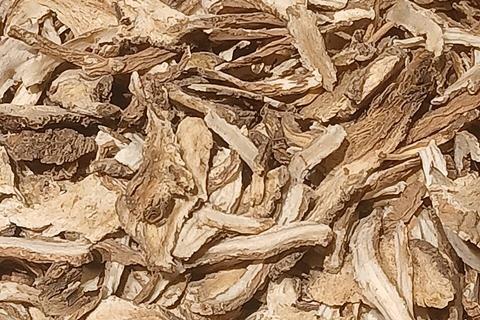Peginterferon-α treatment exhibits low rates of the serological conversion rate of hepatitis B e antigen (HBeAg) and the negative conversion rate of hepatitis B virus (HBV) DNA, with significant myelosuppression leading to treatment discontinuation in some patients.

Traditional Chinese medicine (TCM) may ameliorate liver inflammation and modulate immune responses. A new study, published in Future Integrative Medicine, aims to investigate the efficacy of combining TCM with pegylated-interferon (PEG-IFN) α-2b and its impact on myelosuppression adverse effects.
READ MORE: Emerging serum biomarkers for chronic hepatitis B: Focus on serum HBV RNA and HBcrAg
READ MORE: Study suggests link between hepatitis B immunity and lower risk of developing diabetes
This study included 117 HBeAg-positive chronic hepatitis B (CHB) patients who started initial antiviral therapy at Xiamen Hospital of TCM between June 2018 and January 2023. According to the treatment regimen, patients were divided into the observation group (n = 56, receiving PEG-IFN α-2b combined with Licorice 15 g, Angelica sinensis 20 g, Poria 20 g, Paeonia lactiflora 20 g, Rhizoma Atractylodis Macrocephalae 20 g, Radix Bupleurum Chinense 20 g, Mentha piperita 3 g, Ginger three slices for more than six months) and the control group (n = 61, receiving PEG-IFN α-2b alone). This study retrospectively analyzed etiological indicators, liver biochemical indicators, and blood routine tests before and after treatment.
Superior outcomes
After 24 and 48 weeks of treatment, the observation group demonstrated significantly superior outcomes to the control group in quantitative reduction of hepatitis B surface antigen, the serological conversion rate of HBeAg, and the reduction in HBV DNA quantification (P < 0.05).
By week 48, the HBV DNA negative conversion rate in the observation group (46.67%) was significantly higher than that in the control group (26.67%) (P < 0.05). Regarding safety, the incidence of myelosuppression in the observation group was significantly lower than that in the control group at both 24 and 48 weeks of treatment (P < 0.05)
Real-world findings demonstrate that adjunctive TCM significantly enhances the antiviral efficacy of peginterferon α-2b in HBeAg-positive CHB patients while concurrently mitigating treatment-limiting myelosuppression. This combination strategy may represent a clinically valuable approach to optimizing interferon-based therapy for CHB.







No comments yet